The NUVALI community development in Sta






Finally, here is the list of some interior eco-friendly materials that are available to the Philippine market.
1. Boysen Eco-friendly Paints : Boysen's eco-friendly paints has the Green Seal for Certified Paints with significantly low VOC content. If you also want your project to be LEED certified, the new line of Boysen paints can help you gain points by using their line of paints that have VOC levels under 50 grams per liter. If you want to know more about the new line of Boysen eco-friendly paints, you can visit their website at Boysen Paints .
2. Campos Rueda Corporation Cork Products : Campos Rueda distributes cork products that are available in different thicknesses and colors. Applications may be for exterior walls, double walls; flat and sloping coverings; floating paving slab (impact noise); partitions; door insulation; prefabricated wooden houses; thermal and acoustic wooden panels; expansion/dilatation joints (adequate density); external frontages on view (MDF quality frontage). Other applications are home and office accessories such as bulletin boards, noise reduction solution to underlayment, flooring and wood panels, gaskets and materials for automotive and heavy duty applications (rubberized cork sheet), thermal protection shields, expansion and contraction joints, wall decor and covers. You may contact them at (02)726.7031 or you may check their website Campos Rueda.
3. APO Engineered Wood Flooring: APO's engineered wood flooring is called APO Realwood. It is a natural wood product made from Toog or Philippine Rosewood. It is a natural and biodegradable product. The trees were selectively cut and replanted in a permanent forest in Surigao. It was cited as a model for sustainable development by the Tropical Timber Organization and "Best Practice in Forest Management" by the UP College of Forestry and Natural Resources.
The wood flooring comes in different finishes such as camel, sedona, spice, rosewood and wengue. It comes ready to install and has 8 coats of APROTECT for durability and easy maintenance (no need to wax). Each piece with dimensions of 6" x 48" x 12mm thick is priced at PhP 325.00 each. Visit your local home depot for more information or you can visit APO Realwood for more details.
4. HM Trading Natural Woven Mats: HMT Natural Woven Mats are made form the finest fibers such as rattan, abacca, saguran, pandan and other exotic materials that are handbloomed and perfected by traditional fiber weavers. They have a wide array of designs and natural materials to choose from that can be used for furniture, wall and ceiling panels, and decorative purposes. You have to check out their website, HM Trading, and see what I'm talking about.
5. TN Philippines: If you're looking for someone who can fabricate a product out of capiz, shells, bamboo, abaca or any natural indigenous material, TN Philippines is where you go to. They have a lot of different designs and selections of materials in their factory and they can fabricate it to whatever design you want. You can call (02)829.3820 or (02)829.3819 and look for Mr. Al Caronan.
6. Formaply Bamboo Products: Formaply Industries carries bamboo products namely bamboo veneers, bamboo panelling and bamboo flooring. Their bamboo flooring is available in different finishes, abrasion resistant, scratch resistant, resistant to cigarette burns, stain resistant, non-toxic and non-polluting. Check out Formaply Bamboo for more information.
7. Larry's Curtain 100% Cotton Fabric: Larry's Curtain and Upholstery has a new line of 100% cotton fabrics which are certified tested for harmful substances according to the Labo-tex certification system and Oeko-tex Standards. The Oeko-tex is the most widely recognized eco-label for textiles and it guarantees that these products are 100% safe for you and your family - free of harmful toxins and irritants. Besides that, the fabric line comes in different beautiful colors and textures, although it may be a bit pricier than the regular cotton fabric. You may contact Larry's at (02)833.8780.
8. Mariwasa Ceramic Tiles: Mariwasa tiles are composed of more than 8% of recycled materials. The use of recycled materials reduces the waste shipped to landfills and cuts down on mining of clay and other minerals needed to make conventional tiles. Mariwasa’s technology for zero waste renewable energy and raw materials from rice husks enables the company to use biomass instead of fossil fuels. Mariwasa uses renewable energy to reduce carbon dioxide emission to lessen greenhouse gasses and mitigate impact of climate change. Know more at Mariwasa.
Emm....!! Located in the southern countryside, this is the retirement house of former city dwellers. The owners of the house, being used to the traditional style that their city residence used to have, wanted something a little different yet nothing too contemporary for their taste. The result is southern plantation style - relaxed and sophisticated classic interiors.
After their much-awaited retirement, the couple immediately moved in to their new four-bedroom house in the countryside. This was a big move for them, after all, they lived in the city for more than thirty years. Relishing the fresh air, and the cool breeze that this part of the country is known for, they wanted the interiors of their house to imbibe the spirit of the south. Upon learning about Kristine Datuin, the couple met with her and talked about how they wanted this house to still look classic traditional but not with the same traditional furniture they had in their old house. The lady of the house particularly wanted simple lines but with classical details. Kristine knew then that the plantation style will be perfect for the couple, and for the whole southern theme as well.
Since the family was already living in the house, they wanted minimal construction, if any. Being a newly built house, Kristine decided then to work with the existing design and structure of the living and dining areas, and proposed an all furniture design, so as not to cause any construction discomforts to the family. The living area had a big space surrounded by windows with views of the greenery outside. Kristine took advantage of this and made it a backdrop of the living room furniture. The sofa and lounge chairs were comfortable and at the same time had the details that the client wanted - turned legs, nail heads, simple lines, and classic silhouettes. The rest of the wood furniture were finished in a light walnut stain with antique finished hardware. At the corner of the living room is the owner's antique chest of drawers which was refurbished by Delfino's furniture, the same furniture maker for the new pieces. This chest is special to the owners and they wanted it to be a part of their new living room. To make it more significant, Kristine placed this chest beneath the mother and child Joya painting and arranged a vignette of mother and child pieces from the couple's collection.


I can be a little obsessive-compulsive but I'd rather call myself a neat freak. I just love to organize things, making sure they can be easily accessible when I need them. I also love sorting things together. After that, my being an interior designer kicks in. I'd make sure that my things are positioned nicely and visually balanced. This applies to most of the things I do, and even to wrapping gifts. I have a penchant for making my gifts look really nice. I have always believed that making the wrapping of the gift nice, makes the actual gift more special. I don't really splurge on expensive wrappers but putting on a creative touch to the wrapping is what makes it fun. Your like!??

So, image my excitement when I came across this little shop in Greenbelt 5 aptly called, Tie Me Up Buttercup. How cute is that??? It's a small kiosk in the middle of the Greenbelt 5 walkway (just a little across Tory Burch) that carries a multitude of specially designed ribbons for wrapping, decorating, scrap booking and in my little daughter's case, for her hair. Ribbons with themes designed for little girls and boys, baby girls and boys, tweens and toddlers. They also have ribbons for the more mature clientele such as the grosgrain ribbons with the running stitch, stripes, plain satin ribbons, dots and checks.

Born in Mexico City in 1963, Moises Levy is a lifelong resident there, and works in the city as an established architect.
In 1982, when he began his studies in architecture at Universidad Iberoamericana, his appreciation of the natural relation between light and architecture was deepened. Subsequent travel to Boston, Paris and Venice served to illuminate the unbreakable bond between architecture and its relationship with light. It was this early interest in the qualities of light that lead Levy to photography, and as a counterpoint to his work as an architect he has now been drawn to landscape work.
it's no surprise how everything can be accessed with just one gadget. Games, Email, Facebook, Exercise Routines, Recipes, Twitter - it's all there in that small piece of gadget we used to know as a mere cellphone. And for designers like me, life is made much more interesting and fun with these cool apps that can show me how my walls will look if I repaint them, or how I can measure and make a floor plan by just taking pictures or how I can easily access an Autocad file when I'm not on my laptop. For my top picks, I divided them into two categories namely: Design Apps on My Iphone and Other Design Apps I Have Yet To Try. Read on:
Design Apps on My Iphone
1. Magic Plan (free)
Magic Plan helps you create a floor plan in an instant. All you have to do is stand in the middle of the room and capture every corner of the room using the camera. After that, you just have to take the measurements of the walls with the most length so the app can calibrate the measurements of the room based on that. It is a bit difficult at first, most especially the capturing of the corners but once you've tried at least three rooms, it will be much easier. The app has a tutorial that clearly explains how to do it and the interface is very easy to use. There will be a Magic Plan watermark though, at the middle of the floor plan, but you can upgrade to the paid app if you don't want the watermark. For me, it works well, watermark and all.

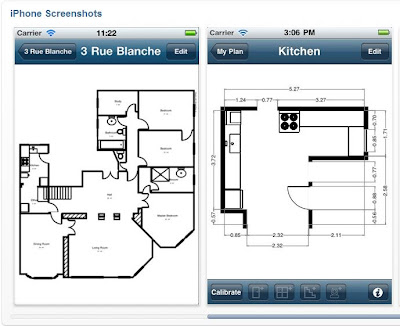

When we began this blog it was meant to be a means by which we could record our passion for two things: chairs and upholstery. The blog subsequently took on a form of its own and quickly became a place to find a design classic or two, with posts on upholstery fairly thin on the ground. So, in an attempt to redress the balance we're turning our attention (for today at least) to a dusty old book we found over the weekend - none other than the upholsterer's 'Bible'. Although originally written by Frederick Palmer in 1921, 'Practical Upholstering' is still the most complete work on the subject, admirably describing the timeless techniques and best practice of the traditional upholsterer. Without a photograph in sight, the book contains over 400 hand-drawn illustrations as a result of Palmer's habit of making sketches of chairs and settees at different points in their construction. It's a wonderful and insightful book into the handicraft that is traditional upholstery.

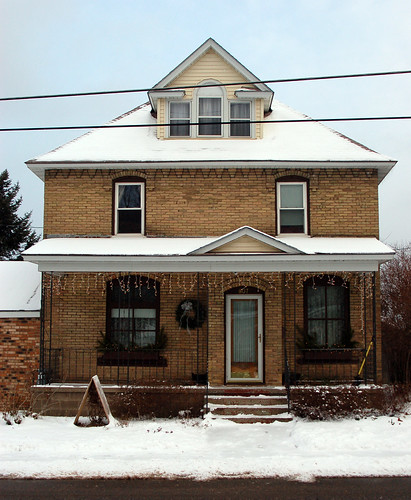
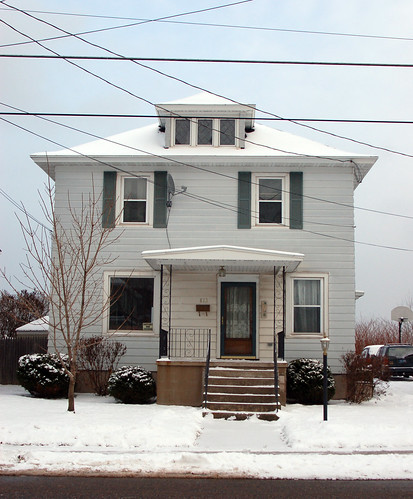
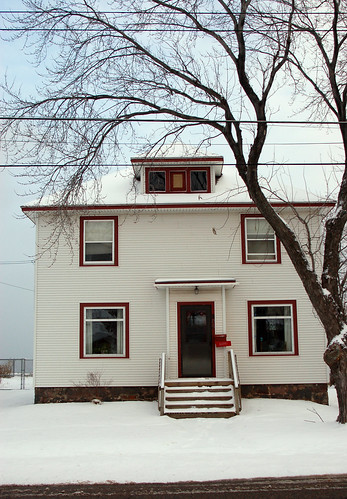
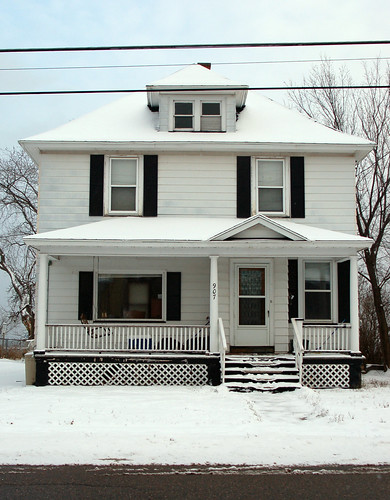
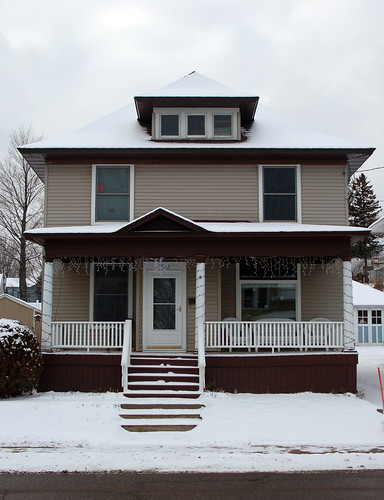
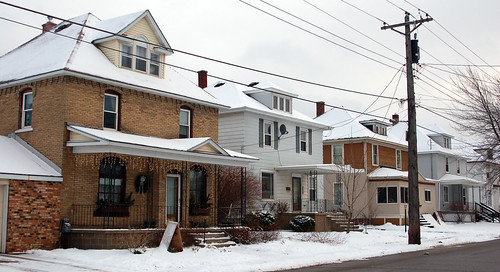



























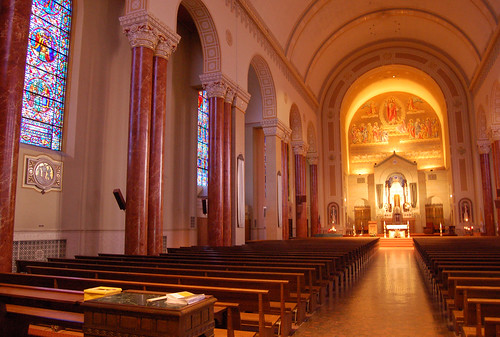
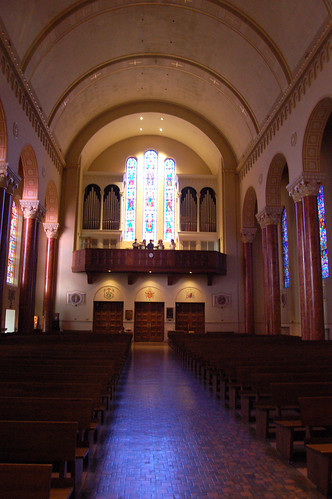
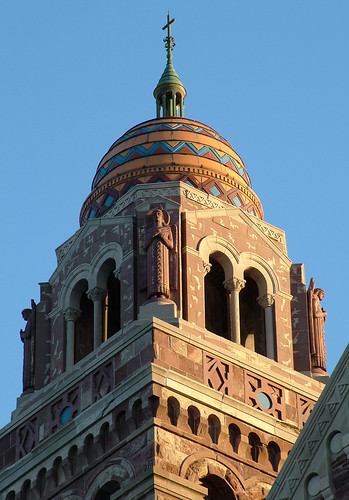
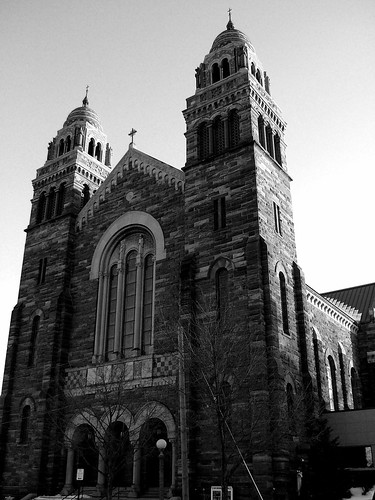
© Blogger templates The Professional Template by Ourblogtemplates.com 2008
Back to TOP